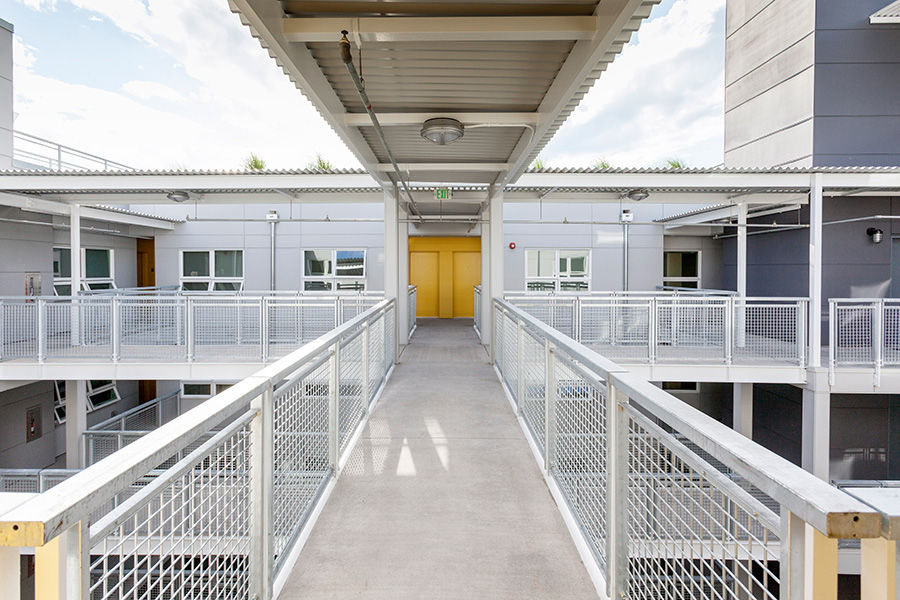What is the value of green design? How do we quantify it? How do we sell it to project owners, operators, investors and tenants?
In today’s Green Building special section of the Daily Journal of Commerce, Weber Thompson Senior Associate Myer Harrell AIA, LEED AP BD+C, Homes, raises some questions in search of making a business case for green. We know green buildings are better buildings, but can we prove they make good financial sense as well?
Certification is certainly one approach, and it seems LEED and Energy Star buildings rent and sell for higher prices than their non-certified competitors. But in cities like Seattle our aggressive energy code automatically qualifies new buildings to meet baseline certification, making certification less of a differentiator. Understanding the “softer” aspects of green design such as rent premiums, increased tenant retention, operational savings, and lower vacancy rates lead to understanding how these advantages impact net operating income, a key factor in determining a building’s value.
Reinforcing our Commitment to Sustainability
Recently named Director of Sustainability at Weber Thompson, Myer will continue to investigate the ways in which sustainable design can improve project pro forma. He will oversee and formalize a number of sustainability inititiaves currently underway while continuing his work as an architect and project manager – allowing him the opportunity to directly apply his research and knowledge.
Myer is the chair of an upcoming seminar titled “The Business Case for Building Green,” and is a speaker at the Living Future unConference. He is also a part-time studio lecturer at The University of Washington’s College of Built Environments, and is a volunteer for the US Green Building Council’s Greenbuild Program Working Group.
